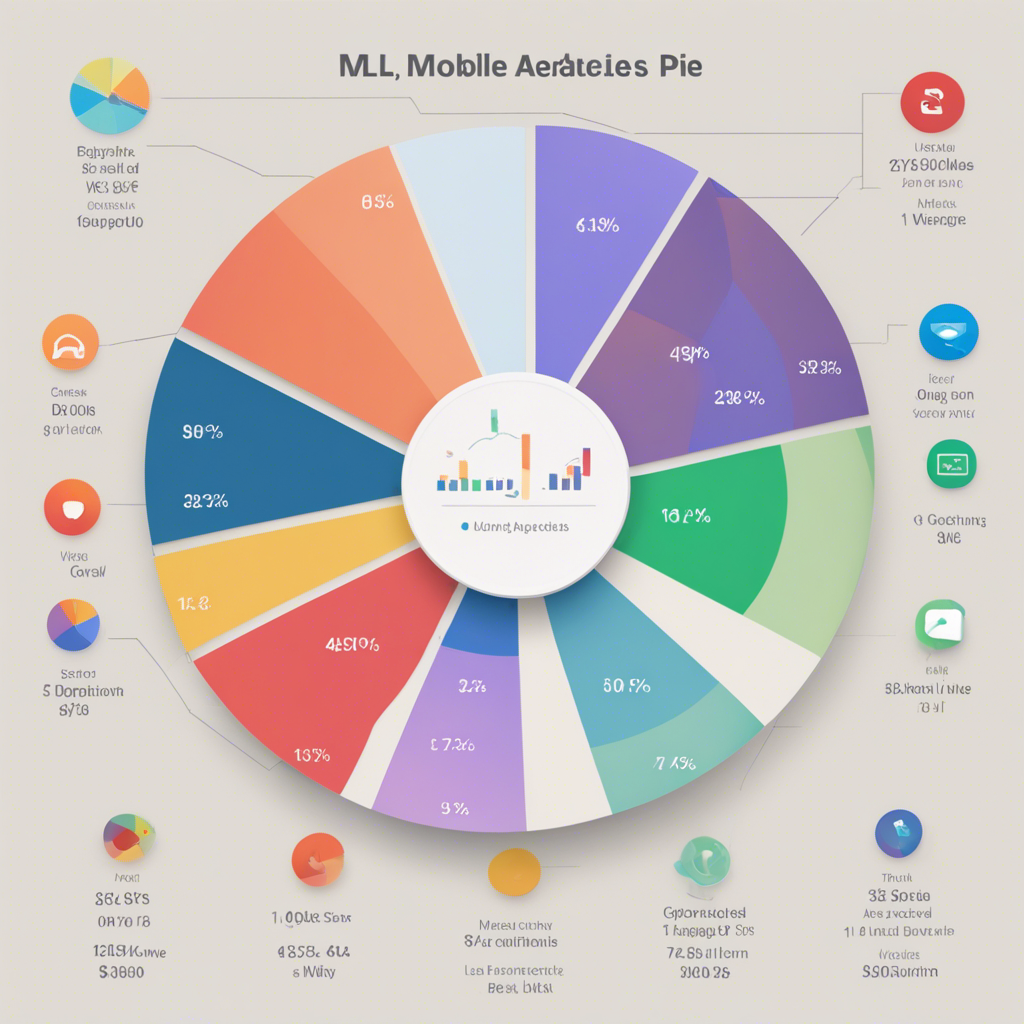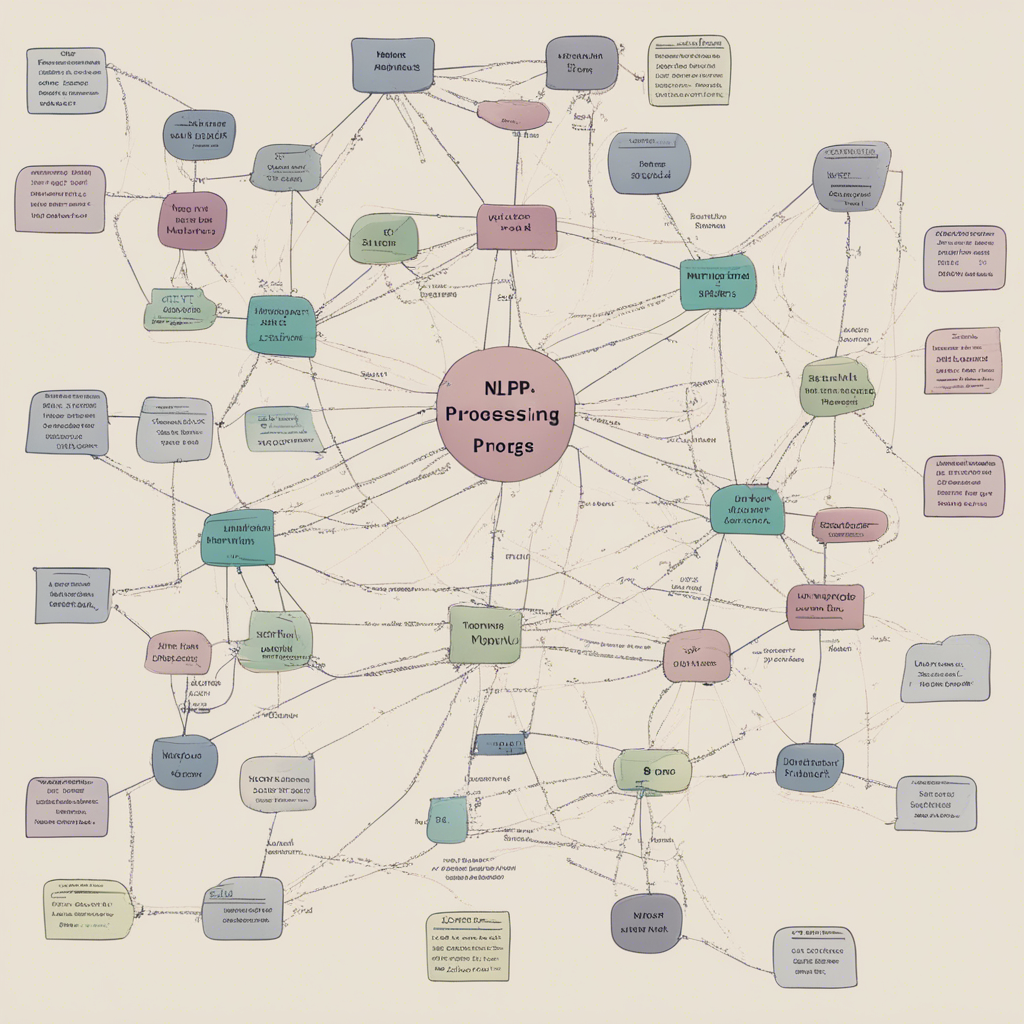
10 Innovative Uses of Machine Learning in Mobile Apps
Machine learning (ML) has become an integral part of various industries, enabling businesses to utilize data-driven insights in decision-making processes and deliver more personalized user experiences. In the realm of mobile apps, ML algorithms and techniques have opened up a whole new world of possibilities. In this blog post, we will explore 10 innovative uses of ML in mobile apps, showcasing the potential of this technology to transform our daily lives.
1. Personalized Healthcare
ML algorithms can empower mobile health apps to provide personalized health recommendations based on individual health metrics, medical history, and lifestyle choices. By analyzing a user’s data, such as heart rate, sleep patterns, exercise routines, and dietary habits, medical apps can offer tailored solutions for health improvement, disease prevention, and wellness management.
References:
2. Smart Virtual Assistants
Virtual assistants like Siri, Google Assistant, and Alexa have become an irreplaceable part of our daily routines. ML algorithms enable these assistants to interpret natural language, understand user intents, and provide accurate responses or perform tasks accordingly. With continuous learning capabilities, they become smarter over time, adapting to individual user preferences and speech patterns.
References:
3. Image and Object Recognition
Mobile apps equipped with ML-based image recognition algorithms can identify and classify objects captured through the device’s camera. Whether it’s recognizing landmarks, identifying animals, or interpreting food items, image recognition technology enhances user experiences by providing real-time information and context related to the captured image.
References:
4. Fraud Detection and Prevention
With the rise of online transactions, mobile apps need robust security measures. ML algorithms can identify patterns and anomalies in user behavior and transactional data to detect potential fraud. Whether it’s flagging suspicious activities, analyzing user profiles, or monitoring financial transactions, ML-driven fraud detection systems enhance security and mitigate risks.
References:
5. Natural Language Processing (NLP)
NLP, a subfield of ML, enables mobile apps to understand, interpret, and respond to human language. With NLP, chatbots can engage in more natural and meaningful conversations, providing personalized recommendations, customer support, and navigating complex queries. NLP algorithms also power features like voice dictation, auto-correction, and language translation.
References:
6. Predictive Analytics
Mobile apps can leverage ML-driven predictive analytics to anticipate user needs, preferences, and behavior. By analyzing user interactions, historical data, and contextual information, these apps can offer intelligent suggestions, recommendations, and reminders. From predicting the user’s next purchase to suggesting the best time for a workout, predictive analytics enhance user experiences and increase app engagement.
References:
7. Virtual Try-On
ML-powered virtual try-on features allow users to virtually try on clothes, accessories, makeup, and even furniture using their mobile devices. By utilizing computer vision algorithms, these apps can map user images, recognize facial features, and overlay virtual objects onto the captured image or video, enabling users to visualize how a product would look or fit in real life.
References:
8. Personalized Content Recommendations
Content-based recommendation engines, powered by ML algorithms, analyze user preferences, historical data, and behavior to offer personalized suggestions across various media types like articles, movies, music, and podcasts. By understanding user interests and exploring similar content patterns, these apps ensure that users are presented with content tailored to their unique tastes and preferences.
References:
9. Language Translation
ML algorithms have greatly improved the accuracy and fluency of language translation apps. These apps utilize deep learning models and neural networks to interpret and translate text in real-time. Whether it’s translating menus, signs, or entire conversations, language translation apps help bridge language barriers and facilitate communication across cultures.
References:
10. Sentiment Analysis
Mobile apps incorporating ML-based sentiment analysis algorithms can analyze text inputs, such as customer reviews, social media posts, and survey responses, to understand and gauge user sentiments. Whether it’s monitoring brand reputation, assessing customer satisfaction, or predicting market trends, sentiment analysis provides valuable insights for businesses to make data-driven decisions.
References:
Conclusion
Machine learning has revolutionized the mobile app landscape, transforming the way we interact with our devices and empowering apps to deliver personalized, intelligent, and engaging experiences. The 10 innovative uses of ML discussed in this blog post highlight just a fraction of the vast potential this technology holds. As ML continues to advance, we can expect even more exciting applications that will enhance various aspects of our lives. So, stay tuned and embrace the growing world of AI-driven mobile apps!
A note on SEO optimization:
SEO optimization is a crucial aspect of creating engaging and discoverable blog posts. While this post aims to provide valuable content to the readers, incorporating targeted keywords naturally within the text and leveraging relevant headings and subheadings will enhance its SEO performance. However, striking a balance between SEO optimization and ensuring a reader-friendly, human-like writing style is paramount.






